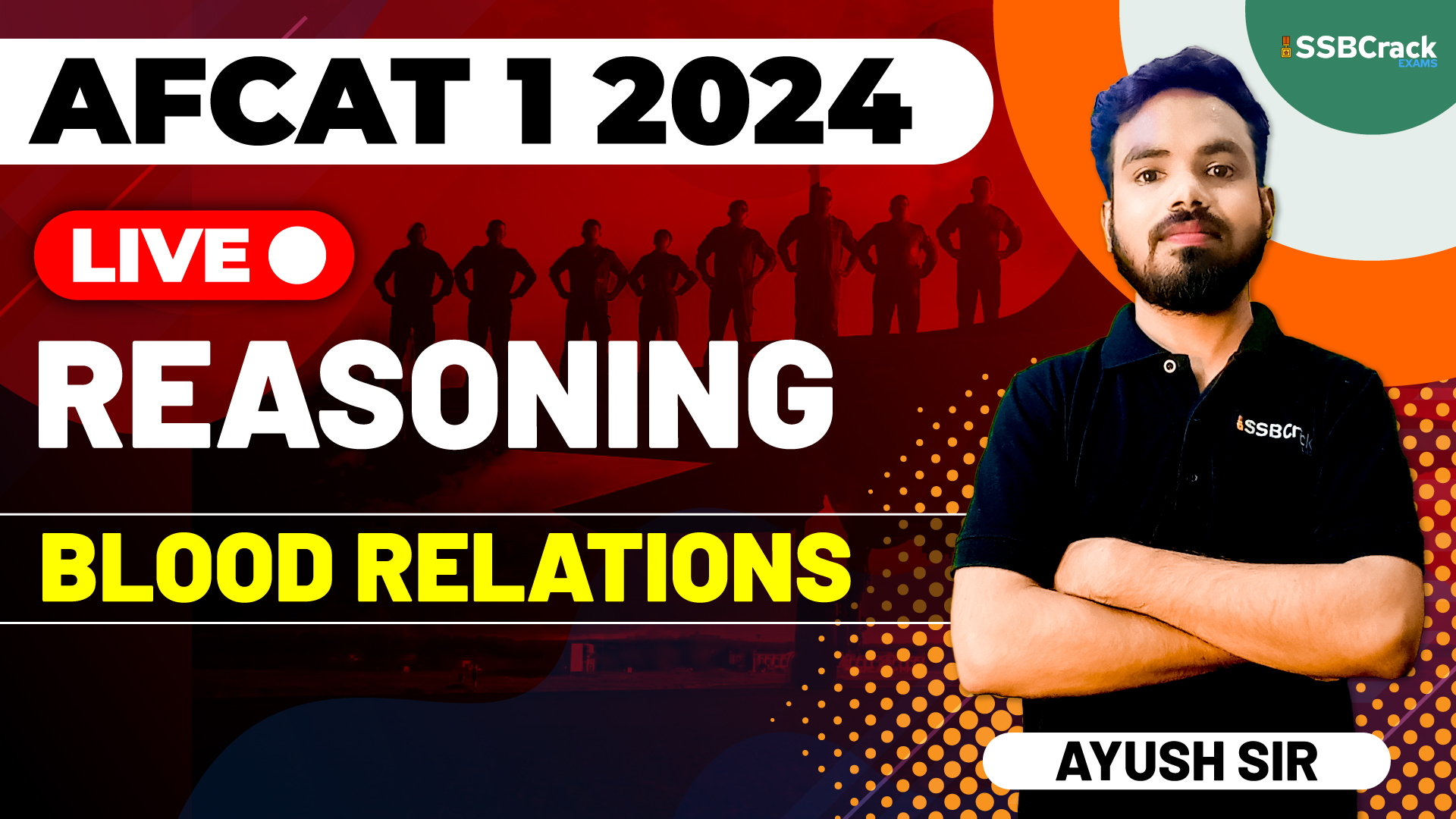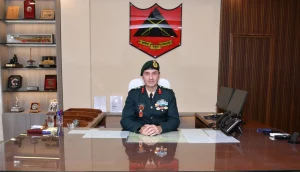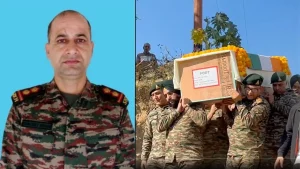The AFCAT (Air Force Common Admission Test) serves as a gateway for those aspiring to join the prestigious Indian Air Force. Among the various sections in the AFCAT exam, the Reasoning section holds significant weight. In this article, we delve into the intricacies of Blood Relations, a crucial topic in the Reasoning section. The focus is on AFCAT 1 2024 – Blood Relations Class 1, where previous year’s important questions were discussed and solved, accompanied by insightful tricks to crack these challenging problems.
Understanding Blood Relations
Concept of Blood Relations
1. Family Relationships
- Blood Relations involve understanding and deciphering family relationships based on kinship.
2. Family Tree Representation
- A family tree is a visual representation that helps in understanding the relationships between family members.
3. Key Terminology
- Understanding key terms such as parents, siblings, cousins, and grandparents is essential for solving Blood Relations problems.
Solving Previous Year’s Important Questions
Question 1: Relationship Identification
- If Rahul’s father is Rajesh, what is the relationship between Rajesh and Rahul?
- Trick: Use the information given to establish the relationship. In this case, if Rahul’s father is Rajesh, then Rajesh is Rahul’s father.
- Solution: The relationship is that of a father and son.
- Explanation: Establishing relationships based on provided information is crucial for accurate solutions.
Question 2: Establishing Generation Gaps
- If Preeti is the daughter of Simran and Simran is the sister of Alok, how is Alok related to Preeti?
- Trick: Understand the generation gaps. If Simran is Preeti’s mother and Simran is Alok’s sister, then Alok is Preeti’s maternal uncle.
- Solution: Alok is Preeti’s maternal uncle.
- Explanation: Identifying relationships across generations is a common aspect of Blood Relations problems.
Question 3: Sibling Relationships
- If Priya is the sister of Rahul, how is Rahul related to Priya?
- Trick: Recognize that relationships work both ways. If Priya is Rahul’s sister, then Rahul is Priya’s brother.
- Solution: Rahul is Priya’s brother.
- Explanation: Understanding the bidirectional nature of relationships is fundamental in solving Blood Relations questions.
Tricks for Efficient Blood Relations Problem Solving
1. Create a Family Tree
- Trick: Draw a family tree to visually represent the relationships. This aids in understanding complex family structures.
- Application: When dealing with intricate relationships, a family tree provides a clear visual representation, making it easier to decipher connections.
2. Work Backwards
- Trick: Start with the given relationships and work backward to establish other connections. This is especially useful when the information is not provided sequentially.
- Application: If the question provides information about siblings, use that information to deduce parent-child relationships and vice versa.
3. Be Mindful of Gender
- Trick: Pay close attention to gender-specific terms. Identify whether relationships involve fathers, mothers, brothers, or sisters.
- Application: Understanding gender is crucial for determining the nature of relationships, such as whether they are paternal or maternal.
4. Note Key Relationships First
- Trick: Identify and note down key relationships first, such as parent-child or sibling relationships. This provides a foundation for solving more complex questions.
- Application: Before delving into intricate details, establish fundamental relationships that serve as building blocks for the entire family structure.
5. Use Symbols and Abbreviations
- Trick: Utilize symbols or abbreviations to represent relationships. This simplifies the representation of complex family structures.
- Application: Representing relationships with symbols, like ‘F’ for father and ‘M’ for mother, streamlines the process of solving problems.
Analyzing Complex Blood Relations Questions
Question 4: Multiple Relationships
- If Tina is the mother of Rohit, and Rohit is the brother of Maya, how is Maya related to Tina?
- Trick: Establish relationships step by step. If Tina is Rohit’s mother and Rohit is Maya’s brother, then Tina is Maya’s mother as well.
- Solution: Maya is the daughter of Tina.
- Explanation: When dealing with multiple relationships, break them down into simpler steps for accurate solutions.
Question 5: Involving Cousins
- If Raj is the son of Meena, and Meena is the sister of Reena, how is Reena related to Raj?
- Trick: Recognize cousin relationships. If Meena is Raj’s mother and Meena is Reena’s sister, then Raj and Reena are cousins.
- Solution: Reena is the cousin of Raj.
- Explanation: Cousins represent a common type of relationship in Blood Relations problems.
Strategies for Effective Blood Relations Problem-Solving
1. Understand the Question
- Strategy: Read the question carefully and understand the relationships provided. Identify key terms like father, mother, sister, and brother.
2. Start with Given Information
- Strategy: Begin by establishing relationships based on the information provided. Work step by step to build a comprehensive understanding.
3. Draw a Family Tree
- Strategy: Visualize the relationships by drawing a family tree. This provides a clear overview of the family structure.
4. Work Methodically
- Strategy: Approach the problem methodically, starting with the given relationships and working toward the desired connections.
5. Verify the Solution
- Strategy: After arriving at a solution, verify it to ensure that it aligns with all the provided information. Check for consistency and accuracy.
Conclusion
In conclusion, AFCAT 1 2024 – Blood Relations Class 1 provided valuable insights into solving Blood Relations problems using tricks and strategies. The ability to decipher complex family relationships is a critical skill for success in the Reasoning section of the AFCAT exam. By mastering the art of working with family trees, understanding generation gaps, and applying bidirectional thinking, candidates can confidently approach Blood Relations questions. Regular practice, application of tricks, and a strategic problem-solving approach will undoubtedly contribute to success in tackling the intricacies of Blood Relations. Best of luck in your preparation for the AFCAT 1 2024 Exam and your journey towards a fulfilling career in the Indian Air Force!
The AFCAT (Air Force Common Admission Test) serves as a gateway for those aspiring to join the prestigious Indian Air Force. Among the various sections in the AFCAT exam, the Reasoning section holds significant weight. In this article, we delve into the intricacies of Blood Relations, a crucial topic in the Reasoning section. The focus is on AFCAT 1 2024 – Blood Relations Class 1, where previous year’s important questions were discussed and solved, accompanied by insightful tricks to crack these challenging problems.


















